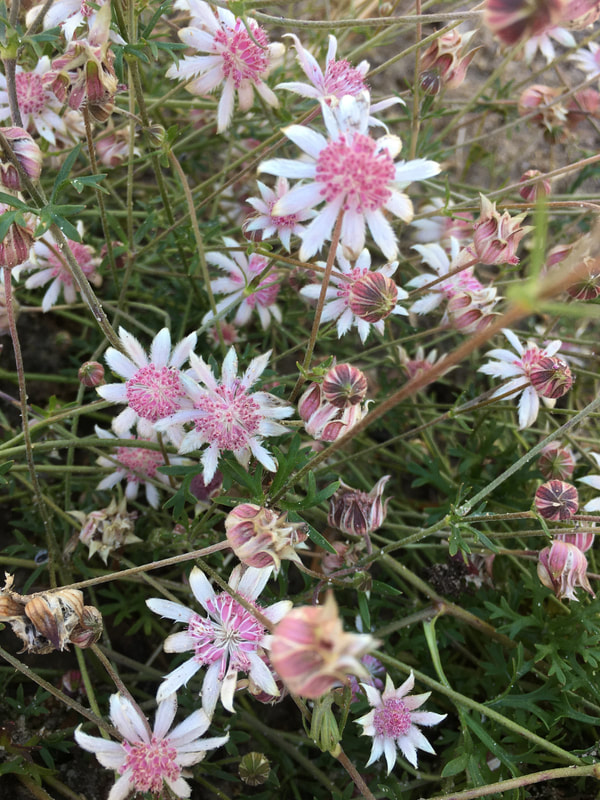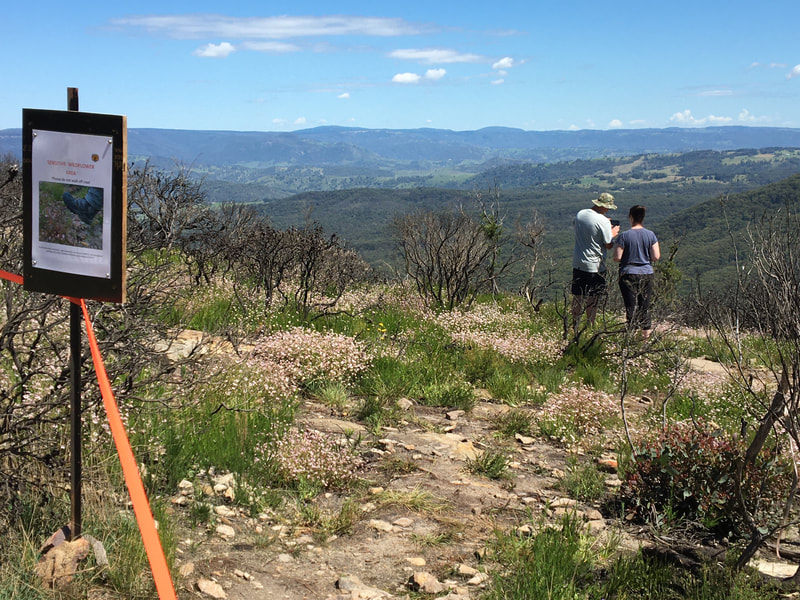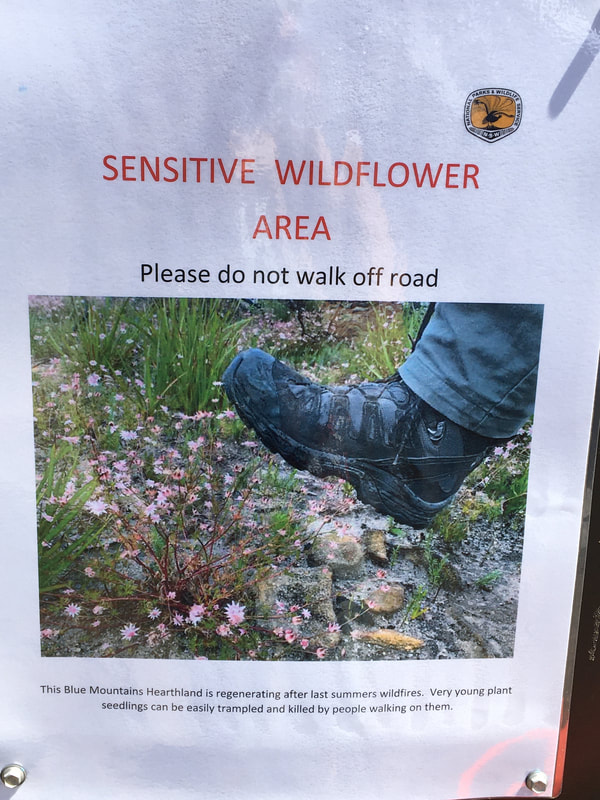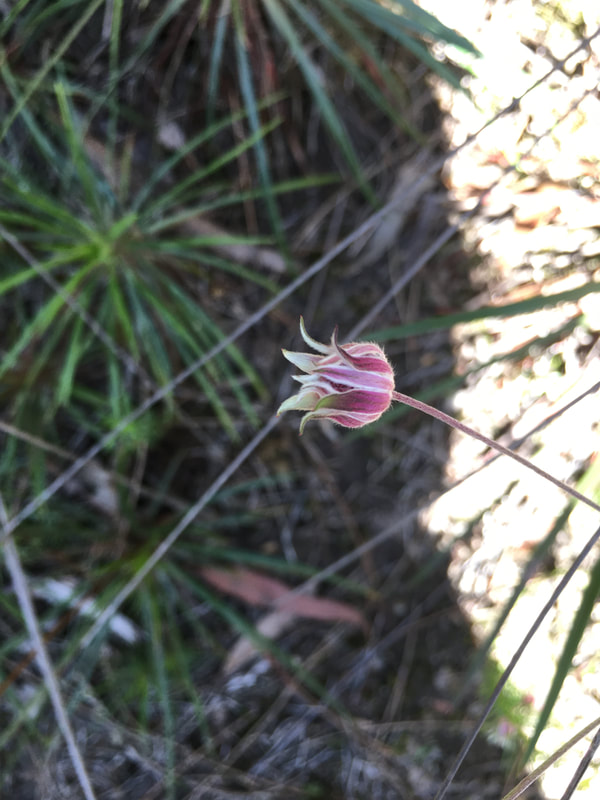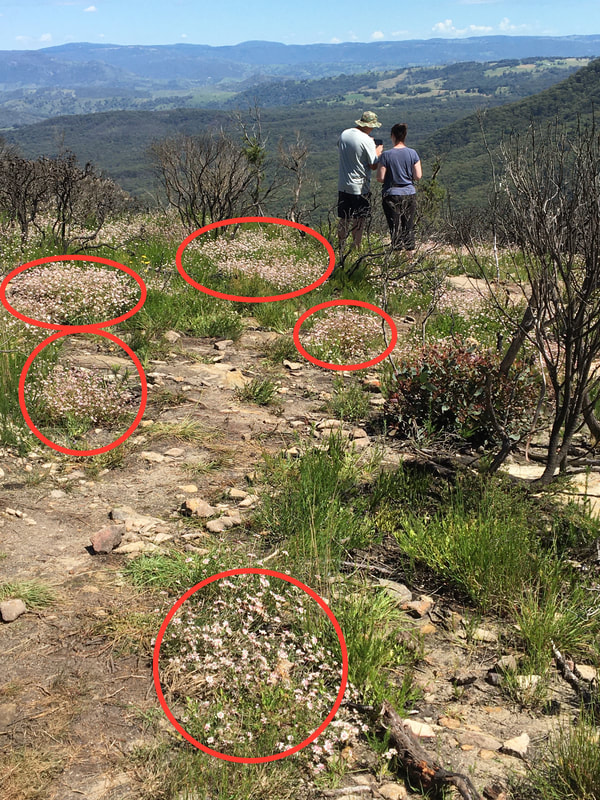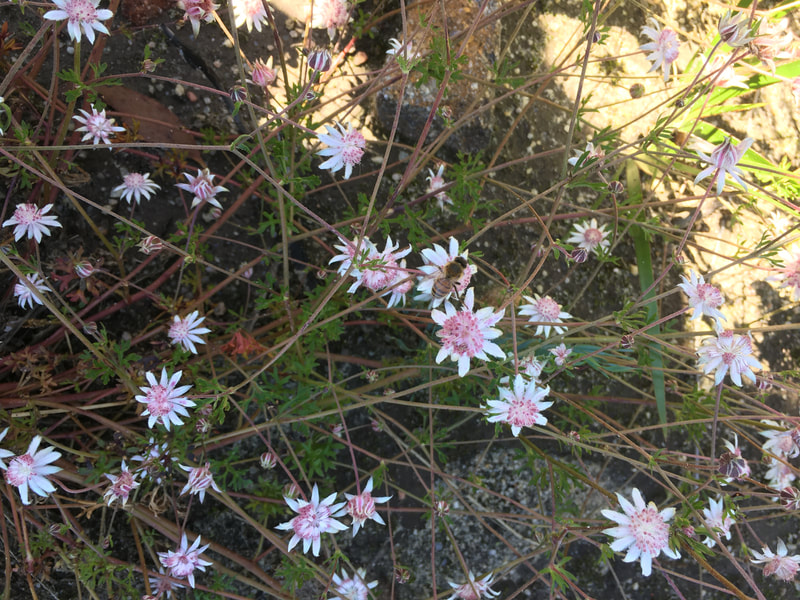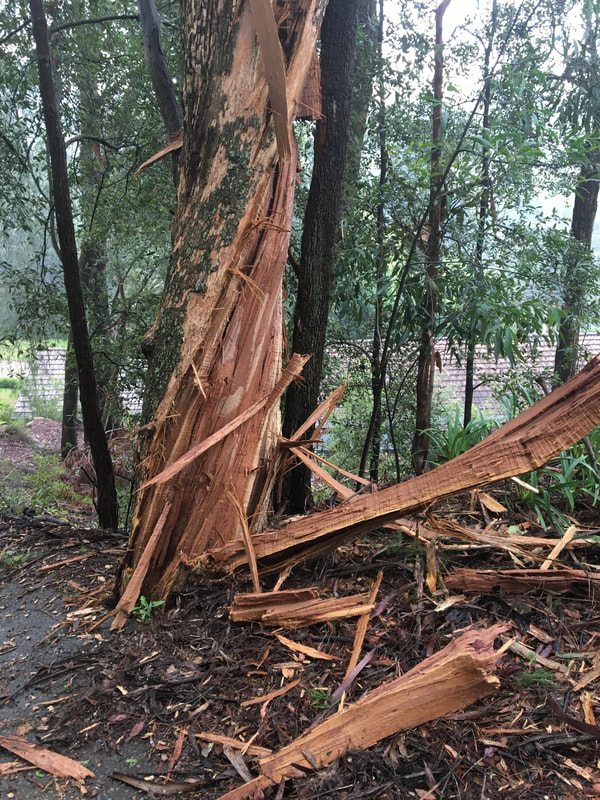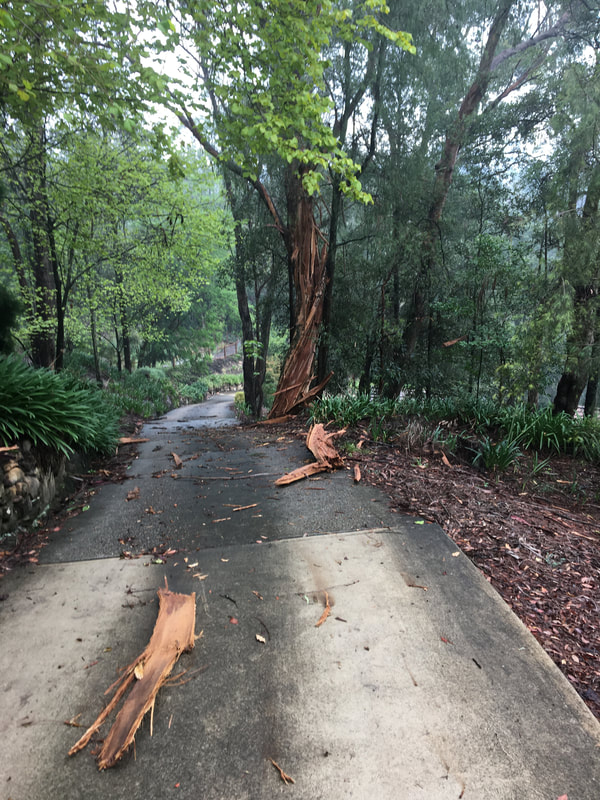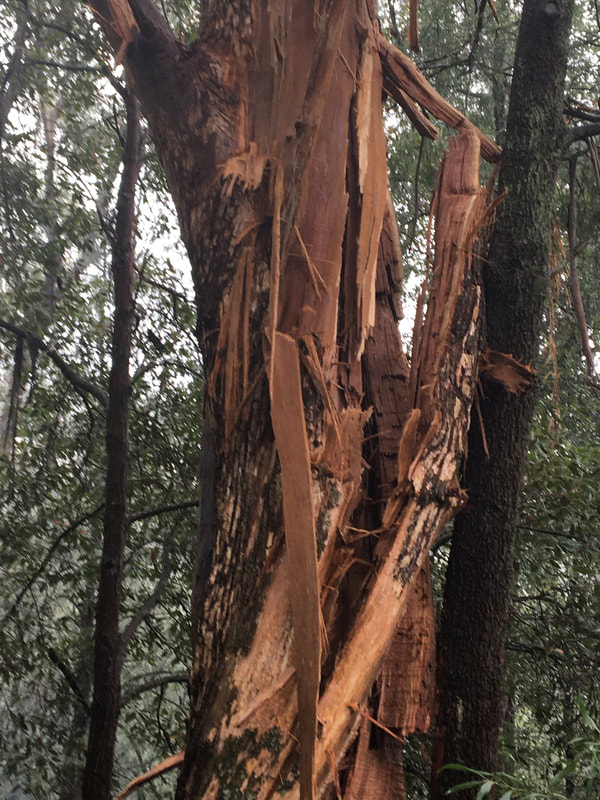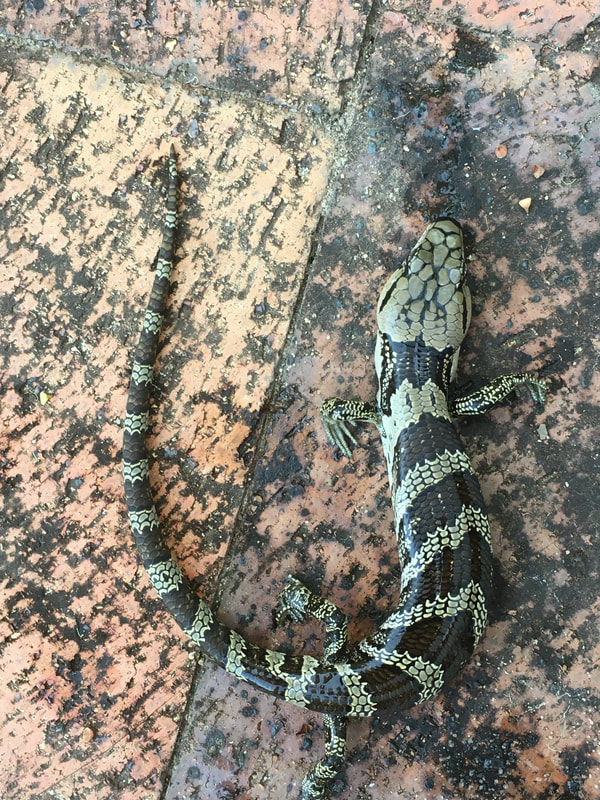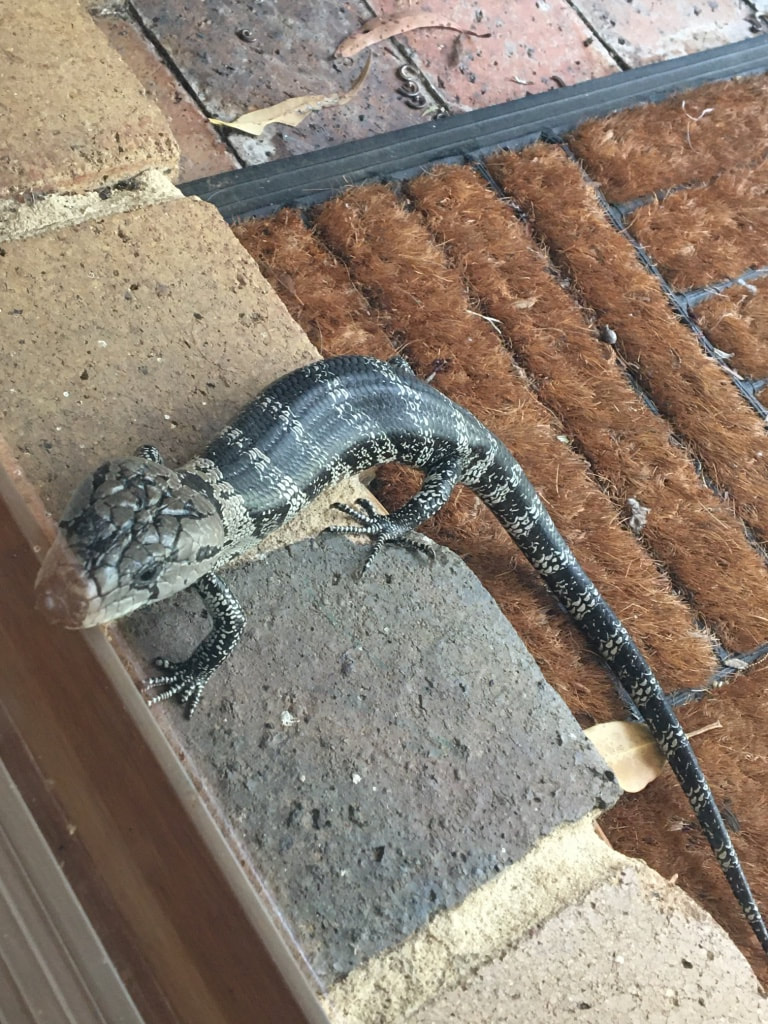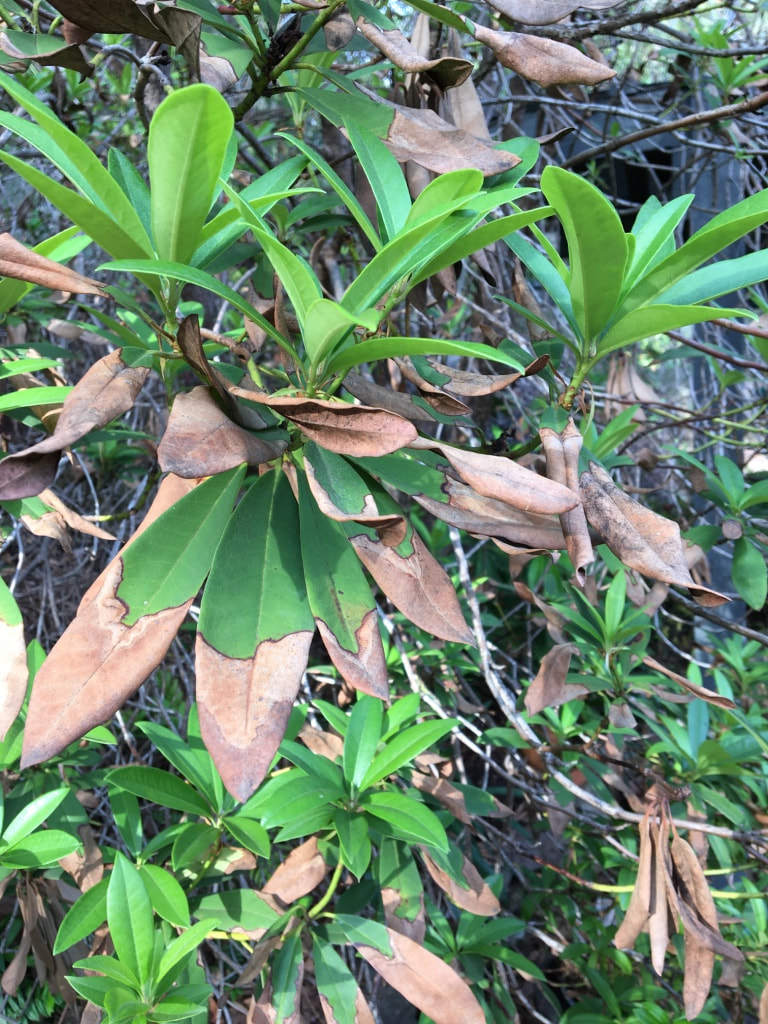A Harsh Summer 2019-20
We have experienced one of the harshest Summers on record with our beautiful Blue Mountains being severely impacted by bushfires, followed by storms and sudden heavy rains.
We have had to work hard to keep our gardens alive due to water restrictions, learning to recycle water in ingenious ways.
Our thanks must go out to the dedication of the Volunteer fire fighters and State Emergency workers.
We have experienced one of the harshest Summers on record with our beautiful Blue Mountains being severely impacted by bushfires, followed by storms and sudden heavy rains.
We have had to work hard to keep our gardens alive due to water restrictions, learning to recycle water in ingenious ways.
Our thanks must go out to the dedication of the Volunteer fire fighters and State Emergency workers.
Rare Pink Flannel Flower regenerates in the Blue Mountains
February, 2021.
Rare pink flannel flower, Actinotus forsythii, has honoured us with its regeneration in the Blue Mountains. One brilliant carpet like display is at Narrow Neck, Katoomba. Many visitors have been visiting the area to view the rare sight.
The seeds have laid dormant for years and the combination of the fires, followed by decent rains have produced the right conditions for the germination of this species.
Rare pink flannel flower, Actinotus forsythii, has honoured us with its regeneration in the Blue Mountains. One brilliant carpet like display is at Narrow Neck, Katoomba. Many visitors have been visiting the area to view the rare sight.
The seeds have laid dormant for years and the combination of the fires, followed by decent rains have produced the right conditions for the germination of this species.
Storm Damage at Winmalee
Vertical Divider
This gum tree at Winmalee was struck by lightning in the storm of 2 February 2020. It 'exploded' at the trunk, sending quite large chunks of wood metres from the tree.
A Miracle at Winmalee !
|
Vertical Divider
A Lucky Escape This pink tongued skink (Cyclodomorphus gerrardii) survived a long period of time in a wheelie bin that had been filled by heavy rain. It was fished out and laid on the paving for the kookaburras to eat. After an hour it was checked to see if it had been eaten, but signs of life were noted by the movements of its flanks. It was then moved to a safer location under the camellia hedge. After more time had passed, the lizard seemed to 'revive' and later on it had disappeared. We hoped that it hadn't been eaten by a hungry predator !! January 2020. |
Below is a little video of the same skink the following year.....still going strong !
Recovery of Rhododendron
